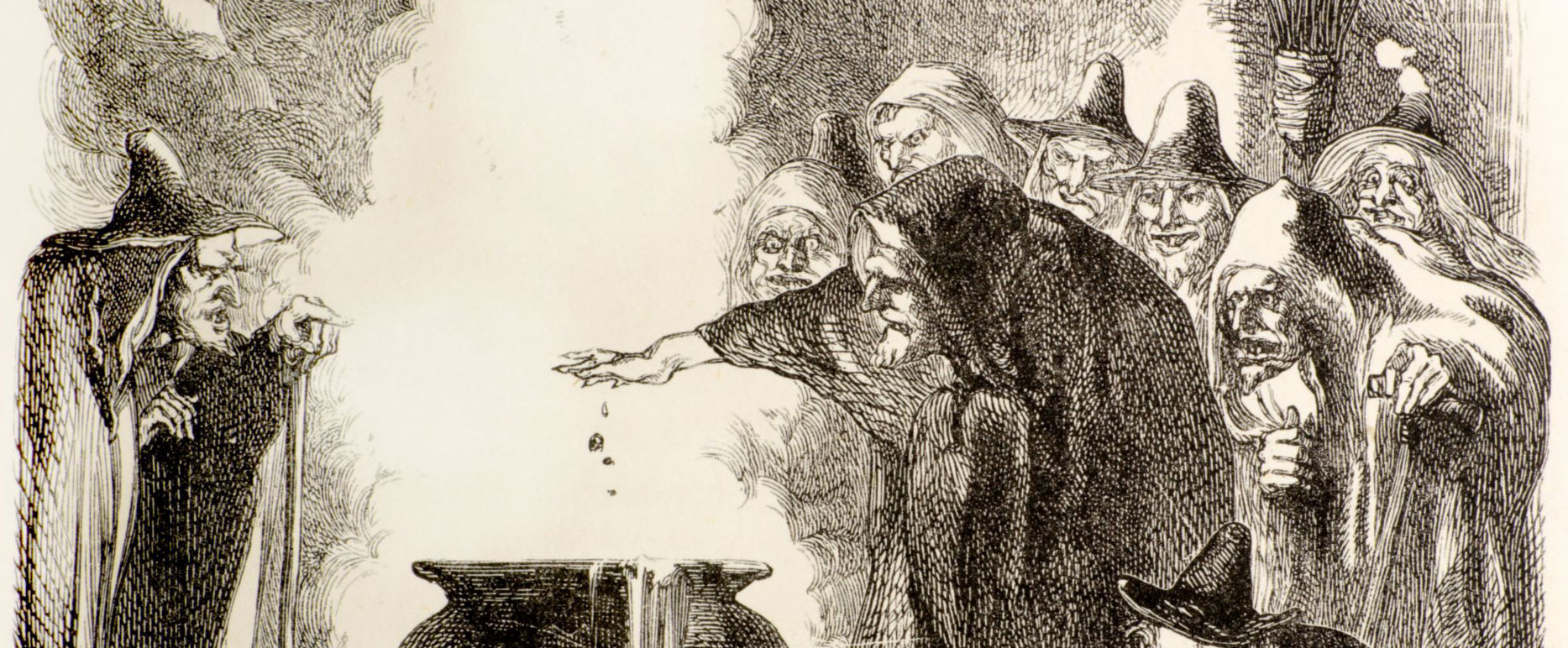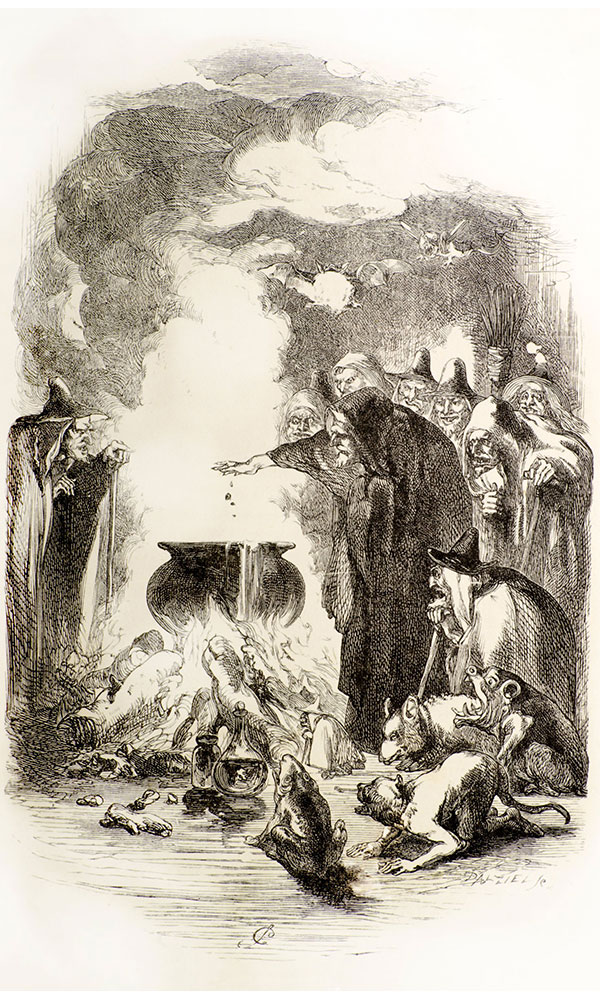YAKUTSK, RUSSIA—The Siberian Times reports that the butchered remains of a woolly mammoth discovered on eastern Siberia’s Kotelny Island have been dated to 21,000 years ago by scientists at Tokyo’s Jikei University School of Medicine. Kotelny Island is located in the area known as Beringia, the submerged land bridge that once connected Siberia and North America. Albert Protopopov of the Russian Academy of Sciences said cut marks and chips left by darts were left on the mammoth’s bones when its muscles, trunk, and brain were removed and the bone marrow extracted from its limbs. He thinks the new dates indicate the animal may have been killed by a population that eventually migrated into North America. “Recent DNA research suggests that the split in the populations—and therefore the settlement—happened from around 25,000 years ago,” he said. “This is one of the most interesting things in the discovery of this mammoth, as it will add more information to our knowledge of how people gradually moved towards America.” Genetic study of the mammoth remains is planned. To read about butchered mammoth remains identified in Wisconsin, go to "America, in the Beginning: Schaefer and Hebior Kill Sites."
Butchered Siberian Mammoth Bones Dated
News January 14, 2020
SHARE:
Recommended Articles
Digs & Discoveries July/August 2022
The Great Maize Migration
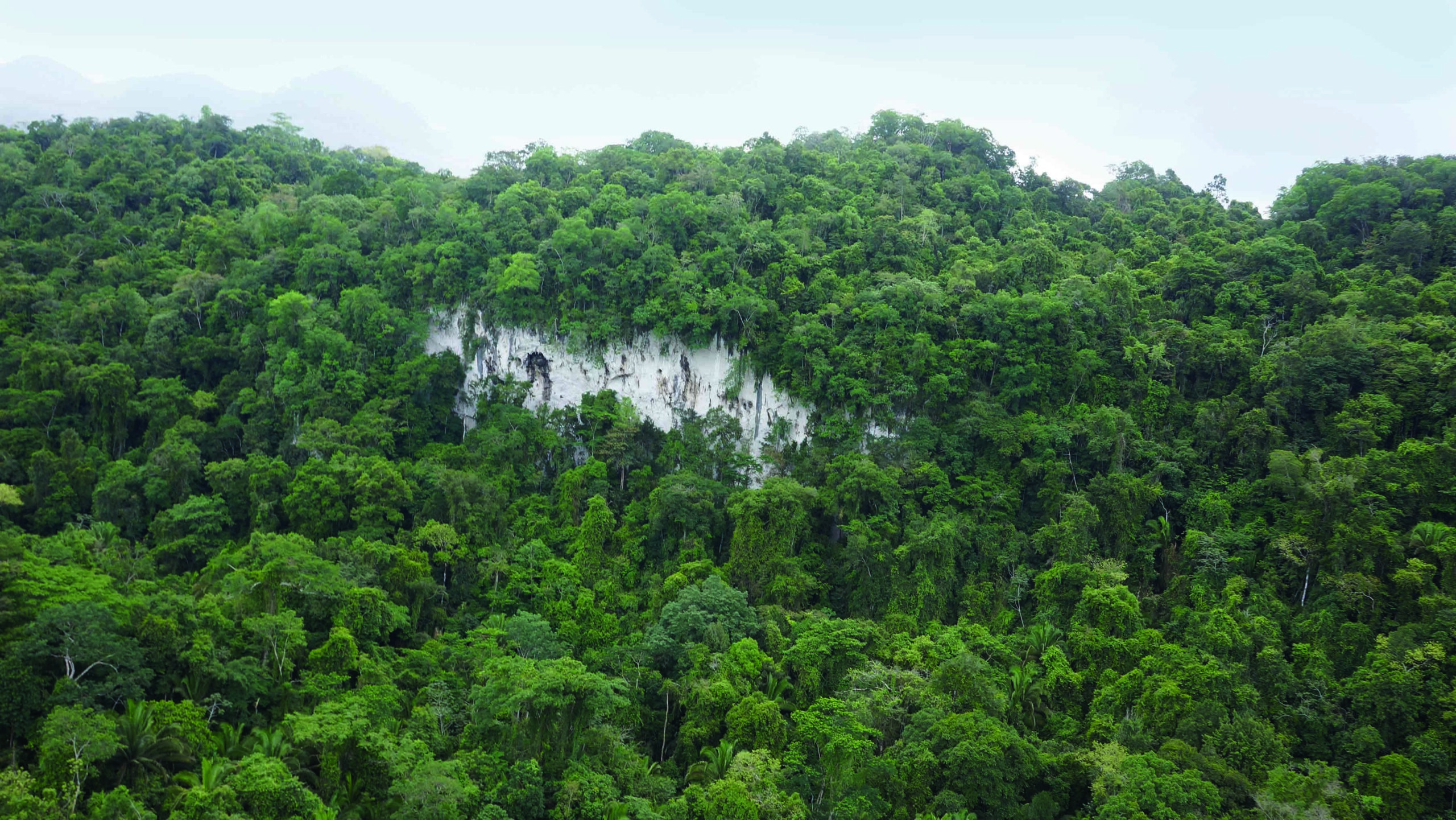
(Keith M. Prufer)
Digs & Discoveries January/February 2022
Japan's Genetic History
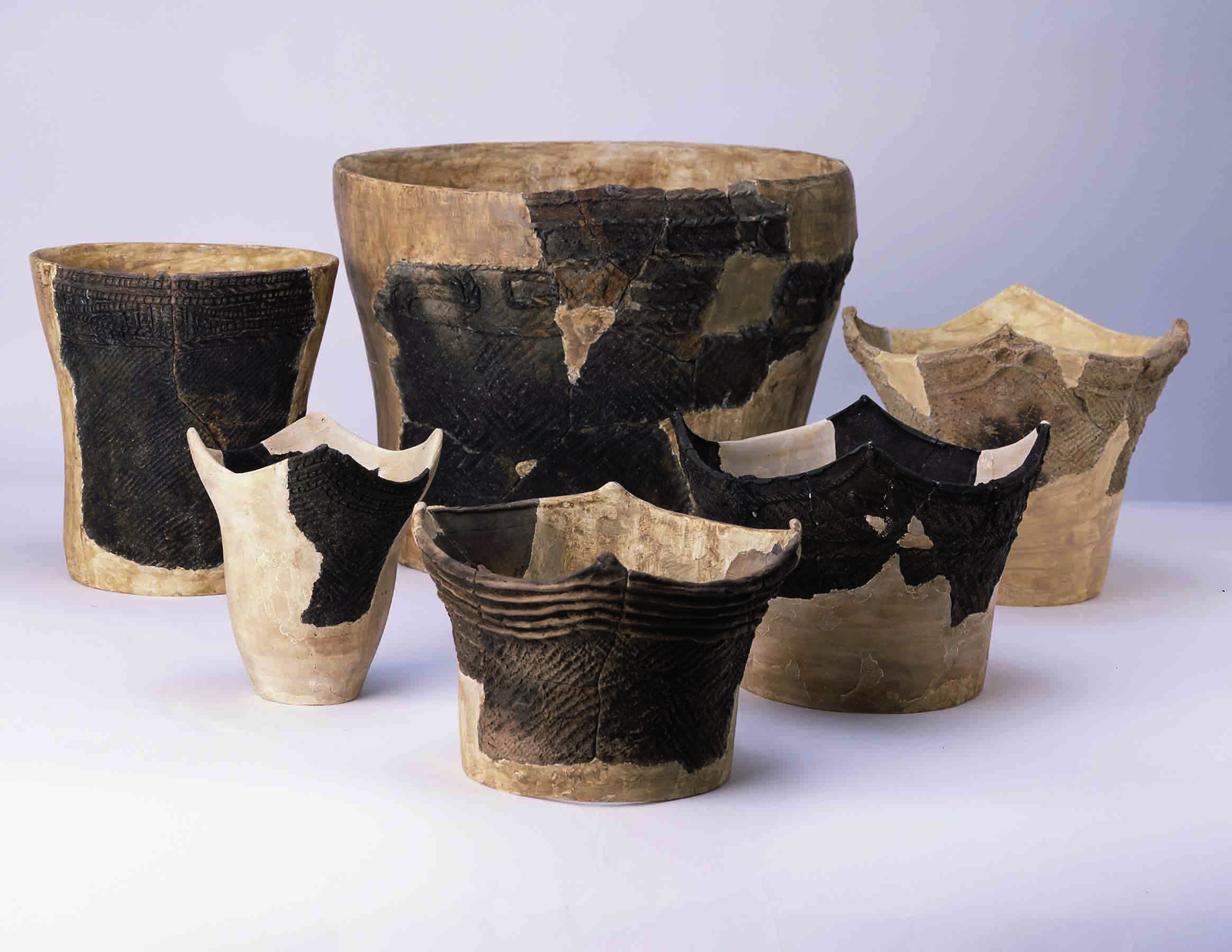
(Shigeki Nakagome, Assistant Professor in Psychiatry, School of Medicine, Trinity College Dublin)
Digs & Discoveries November/December 2016
Coast over Corridor
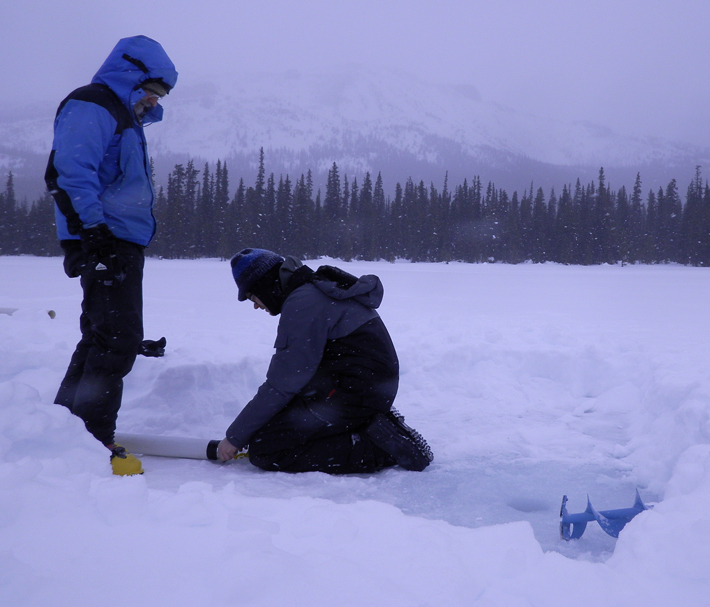
(Courtesy Mikkel Winther Pedersen, Centre for GeoGenetics, Natural History Museum of Denmark, University of Copenhagen)
Artifacts July/August 2025
Maya Ceramic Figurine

Courtesy Ken Seligson
-
Features November/December 2019
Artists of the Dark Zone
Deciphering Cherokee ritual imagery deep in the caves of the American South
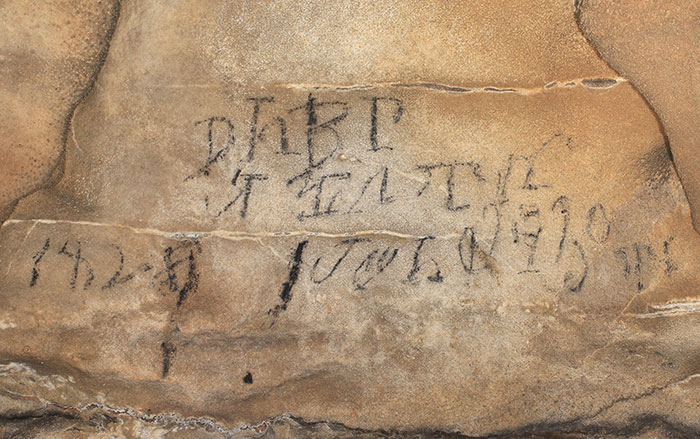 (Alan Cressler)
(Alan Cressler) -
Letter from Jordan November/December 2019
Beyond Petra
After the famous city was deserted, a small village thrived in its shadow
 (Ivan Vdovin/Alamy Stock Photo)
(Ivan Vdovin/Alamy Stock Photo) -
Artifacts November/December 2019
Australopithecus anamensis Cranium
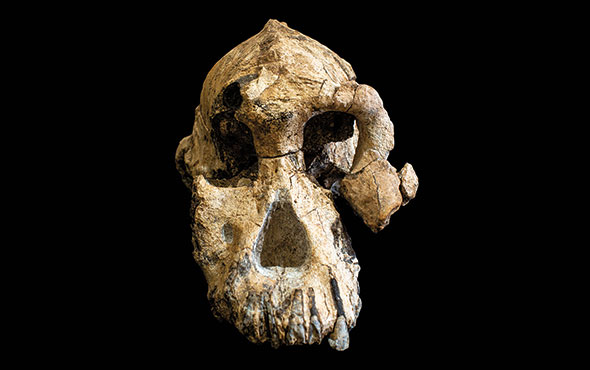 (Dale Omori/Cleveland Museum of Natural History)
(Dale Omori/Cleveland Museum of Natural History) -
Digs & Discoveries November/December 2019
Proof Positive
 (Erich Lessing/Art Resource)
(Erich Lessing/Art Resource)


